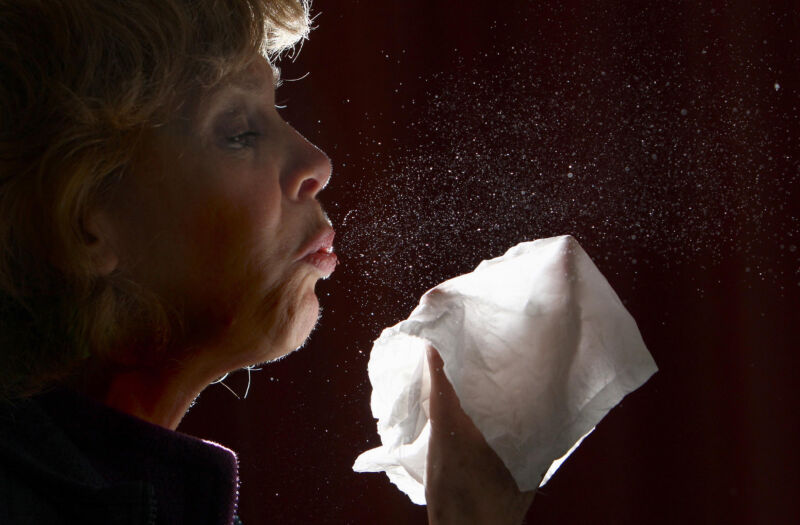
As people build up immunity to SARS-CoV-2 through vaccines, boosters, and infections, the most commonly reported symptoms of COVID-19 have shifted, making the deadly pandemic infection more difficult for many people to distinguish from standard cold-weather viruses.
That’s according to recent survey data collected in the ZOE COVID Study, an app-based study with over 4 million users that was created by researchers at Massachusetts General Hospital, Harvard University, King’s College London, and the health science company, ZOE.
Since COVID-19 emerged, the common symptoms that have topped standard lists include fever, chills, a persistent cough, and shortness of breath. As the virus spread around the planet, loss of taste and smell were also reported as telltale signs. But these days, those symptoms are almost completely absent from the top five.
According to the new survey data taken over several recent weeks amid the spread of omicron subvariants, for those who are fully vaccinated, the top five symptoms of a breakthrough infection are (in order): sore throat, runny nose, blocked nose, persistent cough, and headache. Only persistent cough hangs on from the original list of top symptoms, but it is down to the fourth most common symptom. A loss of smell came in as the sixth most common symptom, and fever trailed at number eight. Shortness of breath ranked 29th.
For those who are unvaccinated or who only got one vaccine dose, the top five symptoms are similar to those seen in the fully vaccinated. However, in both the unvaccinated and partially vaccinated groups, headache comes in as the most common symptom. Partially vaccinated people reported more sneezing (their fourth most common symptom), and the unvaccinated still listed fever as a common symptom. The data didn’t include information on how many times survey respondents had been infected with SARS-CoV-2.
The study authors suggest several reasons why the symptoms have shifted to milder, upper-respiratory complaints. The most obvious is that immune protection from previous vaccination and infection largely guards against severe disease. They also note that respondents who have fallen ill in recent weeks have tended to be younger—with the returns to schools, for example—and younger people tend to have less severe symptoms.
But, the authors noted concern that sneezing has risen in the ranks of COVID-19 symptoms, making the top five for the partially vaccinated. Sneezing—much like coughing—is a highly effective way to spread SARS-CoV-2. The authors warn that people should be cautious and get tested if they suddenly find themselves suffering from sneezing fits.
https://arstechnica.com/?p=1892816

